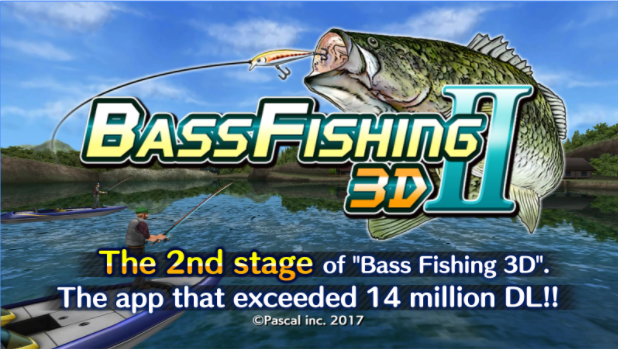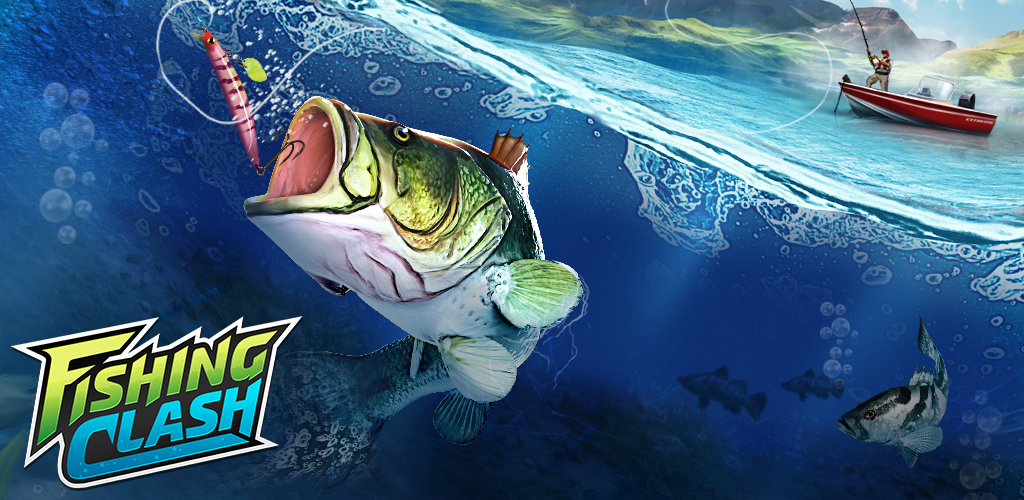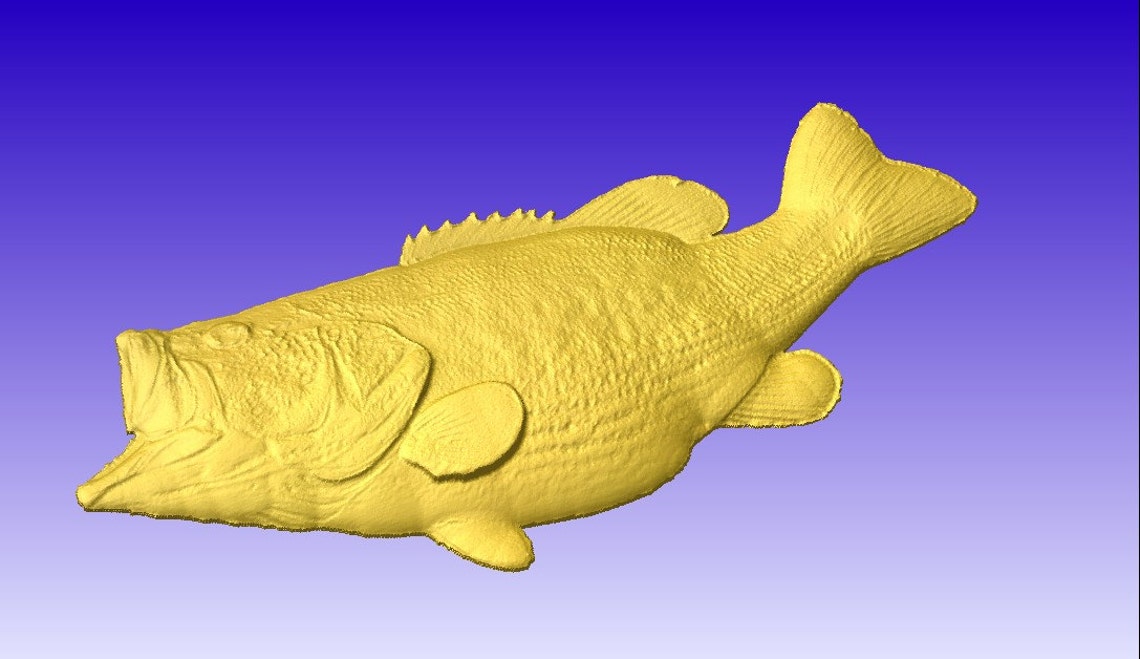
Baru beli laptop mau harga murah atau mahal masih dijumpai not respondingġ1. Microsoft office engga bisa dibuka dan digunakan lagiġ0. Buka Google Chrome, mozilla kadang crash dan hangĩ. Udah keseringan diinstal ulang ditempat lain, hasil engga ada cuma begitu dan itu2 sajaĦ.
#Bass fishing 3d unlimitedcmoney update#
Setelah update windows, kadang pas restart, enggak tampil atau sering restart dan bluescreenĥ.
#Bass fishing 3d unlimitedcmoney windows#
Sering sekali mendapatkan windows update dan terus2 an updateĤ. While BioSpawn Lure offers a limited line of products at this point, their lures really do have a cool, high-tech appeal and there’s no doubt they’ll be looking for ways to expand their line and their reach.ĭo their lures catch your eye? Let us know what you think about BioSpawn Lure’s products and process over in the 3D Printed Fishing Lure Molds forum thread at .3. They’ve been picked up by some major on-line retailers in the US as well as abroad and, thanks to some savvy marketing and a high-quality product line, this spring their lures will be available in a large big-box store. After less than a year of launching BioSpawn Lure, their sales are growing. Having the actual lures on hand also made it easier for them to turn over the task of creating attractive packaging for their products. They worked their way through around a dozen iterations of the lures, testing and refining, before they arrived at the ones they offer now, having added a fourth soft lure. Now their prototypes were made in the same Plastisol material as similar lures, the ones they were betting on improving upon. The details they were able to produce were far superior to the earlier lures they’d produced and they’d saved a great deal of time in the process.

This new method yielded much better results. Once the split forms arrived, they were placed into the pre-made wood forms Prero had built, silicone was poured into them to create the new molds. It was back to the digital drawing board for Prero, who used Solidworks to split the 3D models, block off the backs, and make mating pegs so that all the partners were required to do was to order the split, mold-ready parts from Shapeways. They had originally thought, explained Prero, to make “ Strong White Flexible (SWF) parts of the actual iterations,” but after that first trial, they realized that they could exploit 3D printing in a more efficient way - to print mold-making forms.


After that first very small production run, they had to admit that their process was a bit too complicated and imprecise. These first three prototypes were, recalled Prero, “a bit rough,” but they gave the partners something to work with. Once the lures arrived, Prero took the models and, with the use of modeling clay and wood forms, created silicone molds for casting the lures in Plastisol. Prero, who already knew his way around 3D modeling software, sat down with Solidworks and developed three unique designs for soft lures that he uploaded to Shapeways for 3D printing. What would their lures look like? What qualities did lures already on the market have that made them attractive not only to fishermen (and women), but to the fish themselves? With that home-based, expense-reducing casting process in mind, Prero and his partner sat down and discussed form. You can make a mold at home, heat up the material in a microwave, pour it into the molds, and voilà! you have your product! With Plastisol, you can feasibly cast objects using some pretty basic methods in a home workshop. They decided they would need to produce molds from which they could create the finished lures.

The partners wanted to use the same low-heat resin, Plastisol, that similar lures were made of, so their lures would be flexible and therefore more lifelike - real enough to convince the bass to bite. Prero’s partner had experience with the fishing industry distributing soft lures and observed that the industry could use a serious, more high-tech upgrade. Prero, an experienced, full-time industrial designer, and his business partner, an avid bass fisherman, combined their individual expertise to develop the company’s four different soft fishing lures. That’s precisely how Shapeways contributor Gabriel Prero got his fishing lure business, BioSpawn Lure Company, from the drawing table to the retail shelf. Whereas a good idea might languish in the idea phase indefinitely because the cost of creating even a working prototype could be prohibitively expensive using conventional manufacturing methods, 3D printing allows for a more cost-effective approach to materializing an ingenious product design. One of the major benefits of 3D printing is its capacity to facilitate entrepreneurship, to convert a fledgling cottage industry into a viable competitor in virtually any industry.


 0 kommentar(er)
0 kommentar(er)
